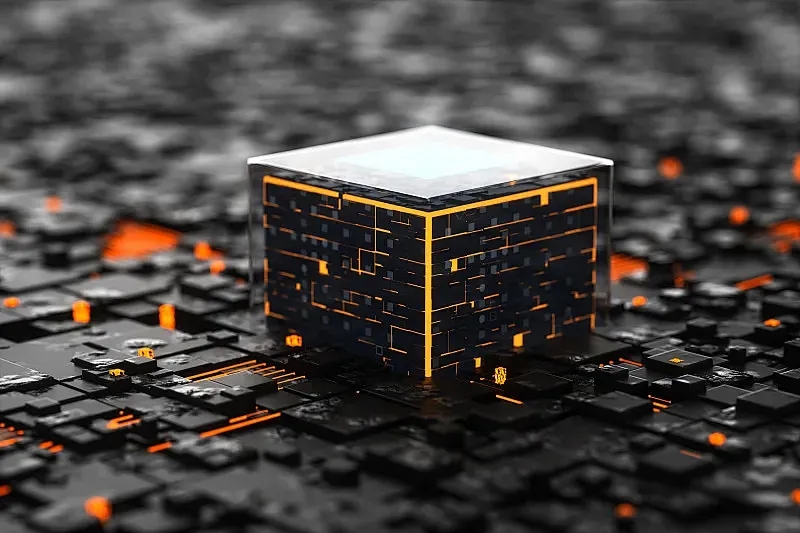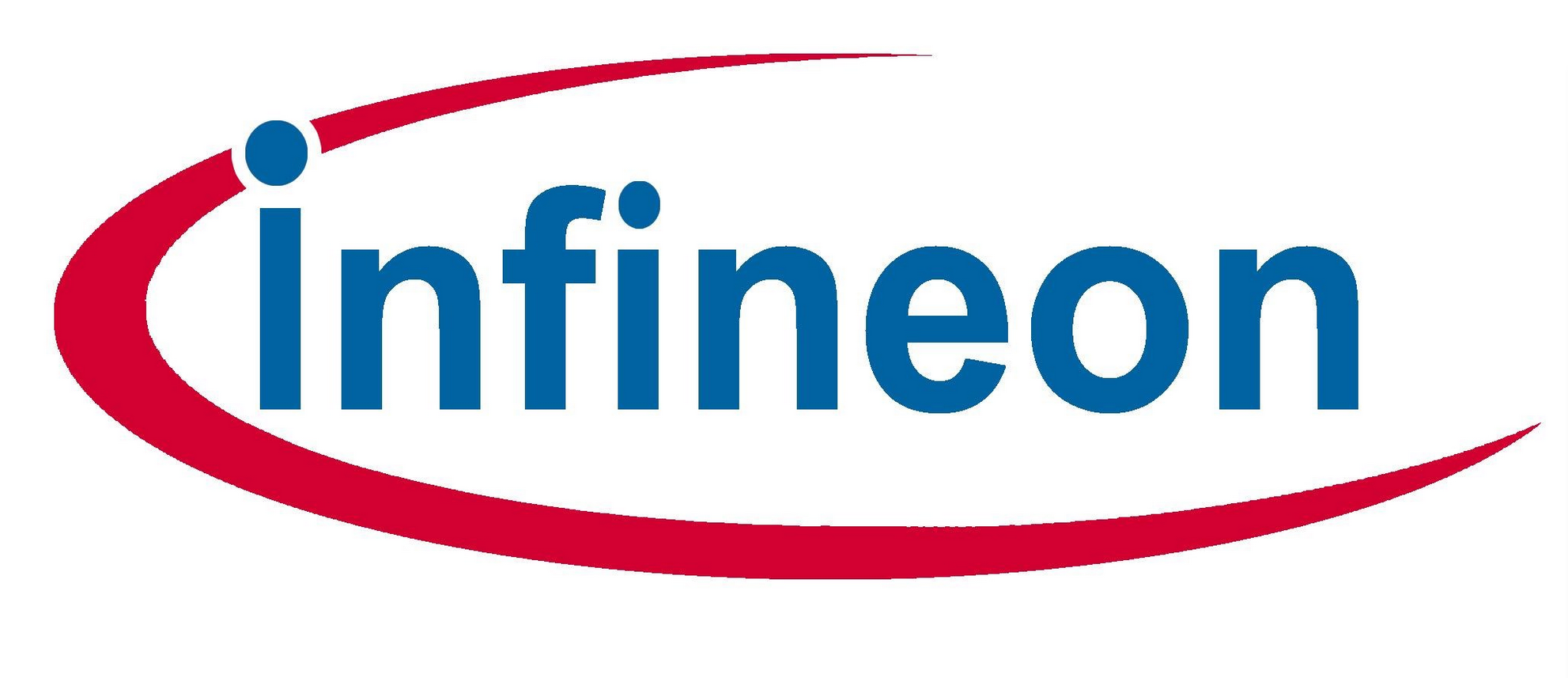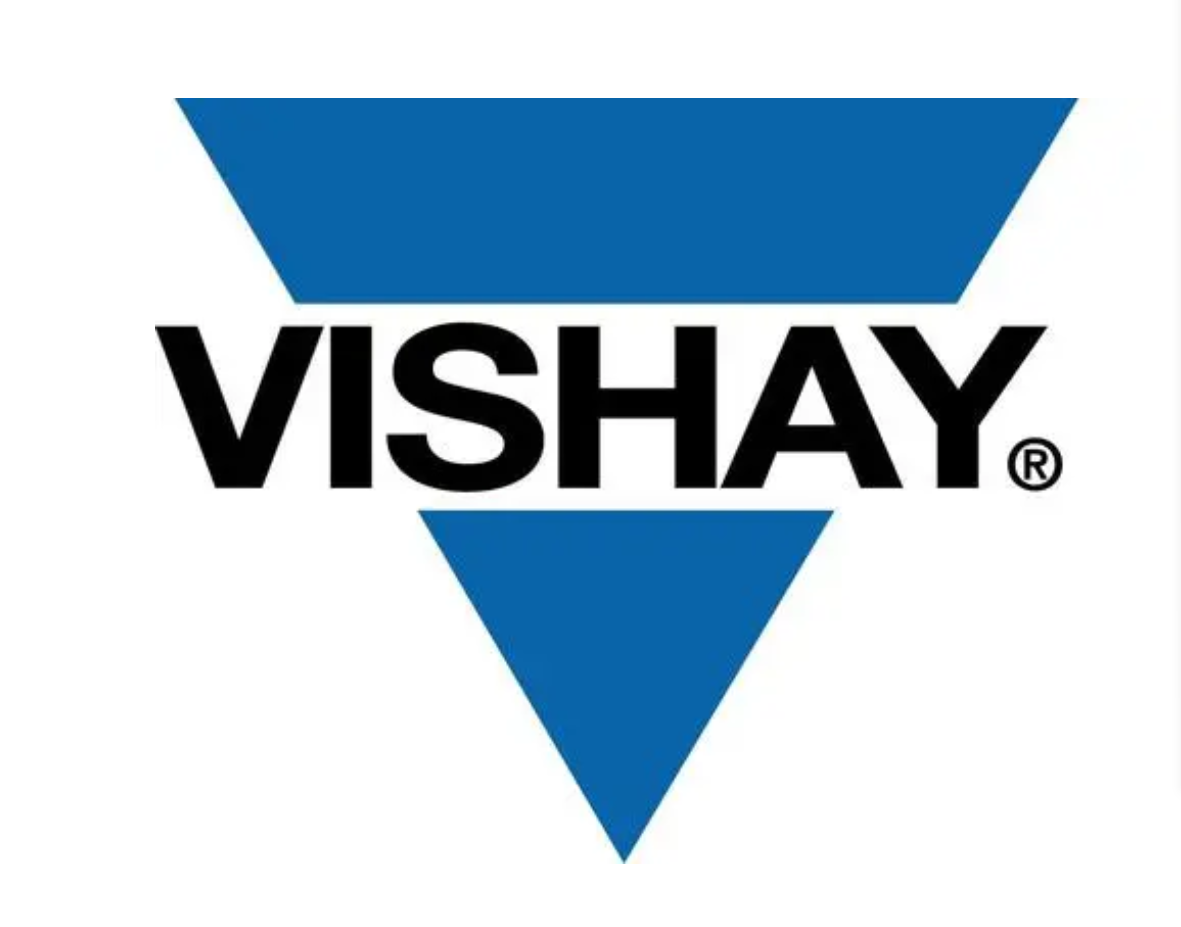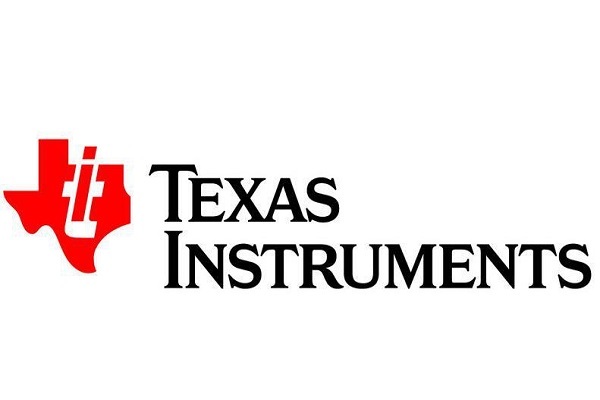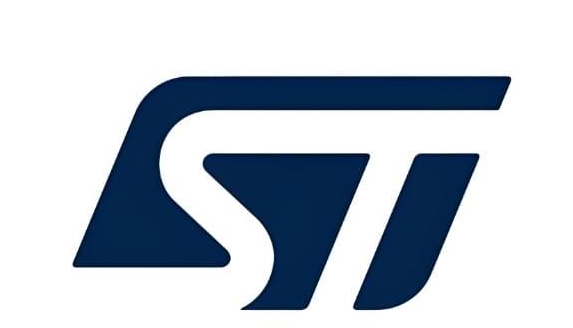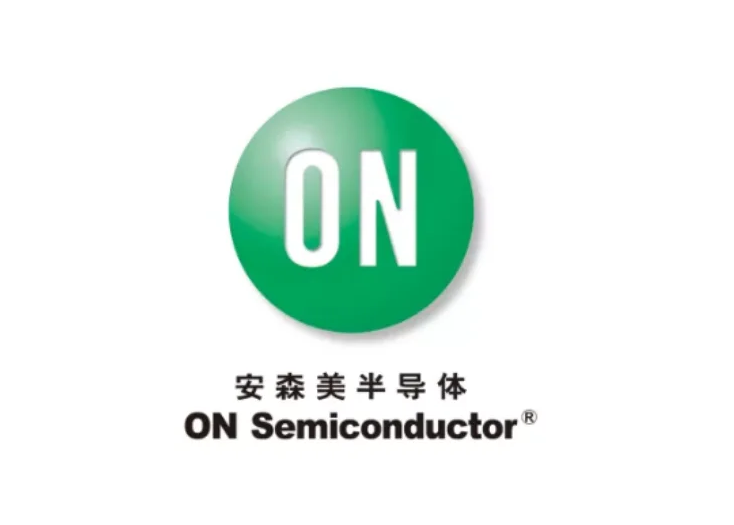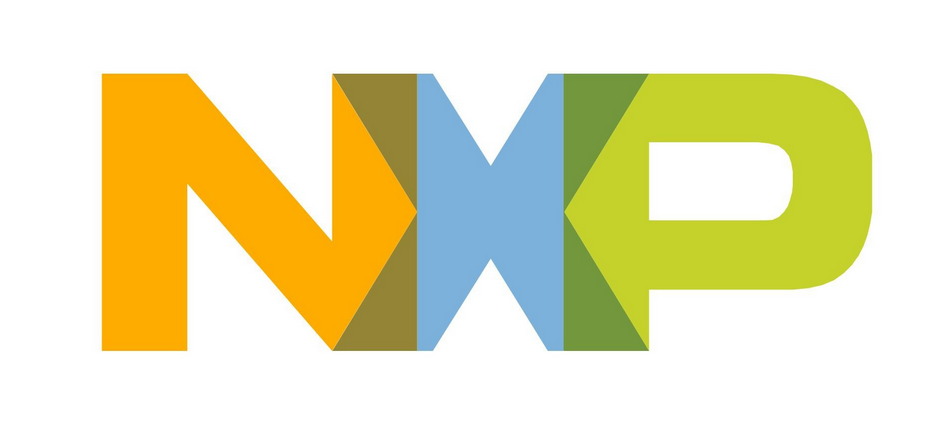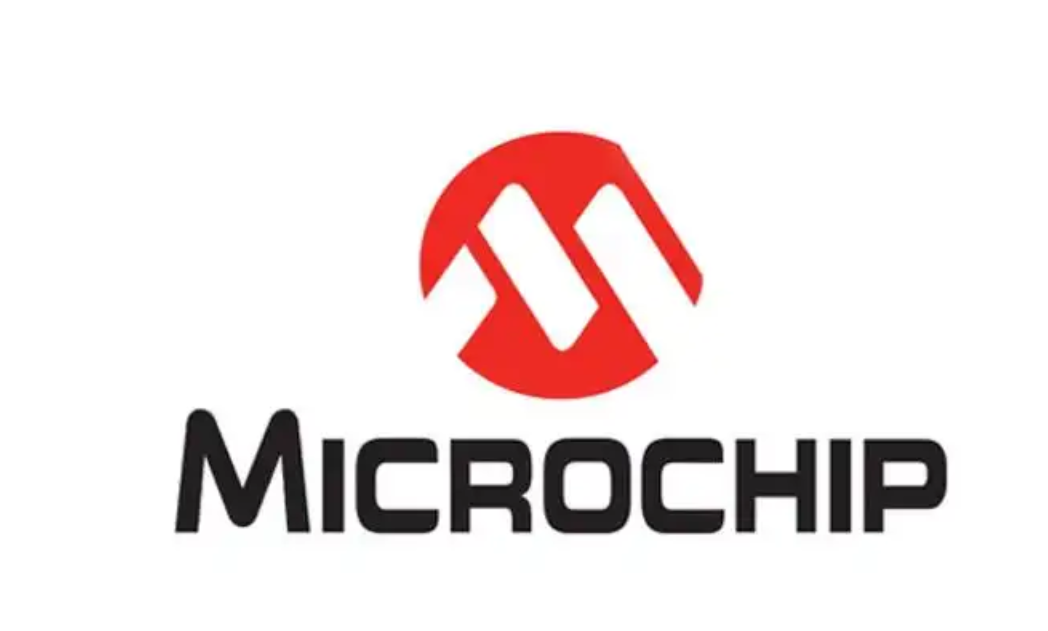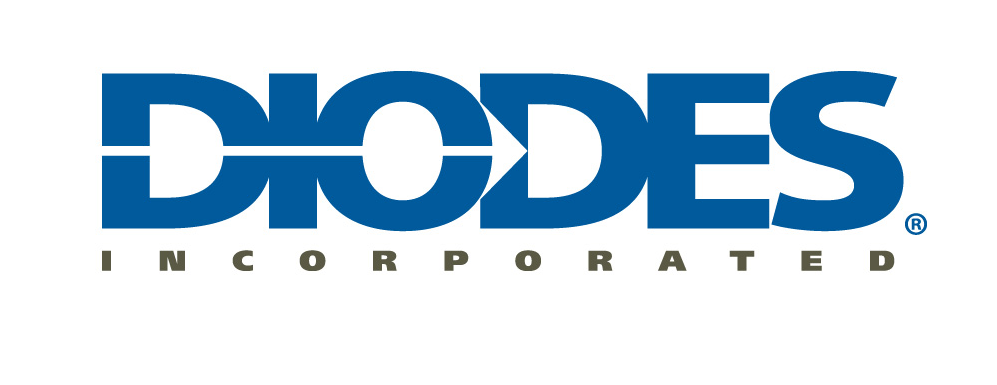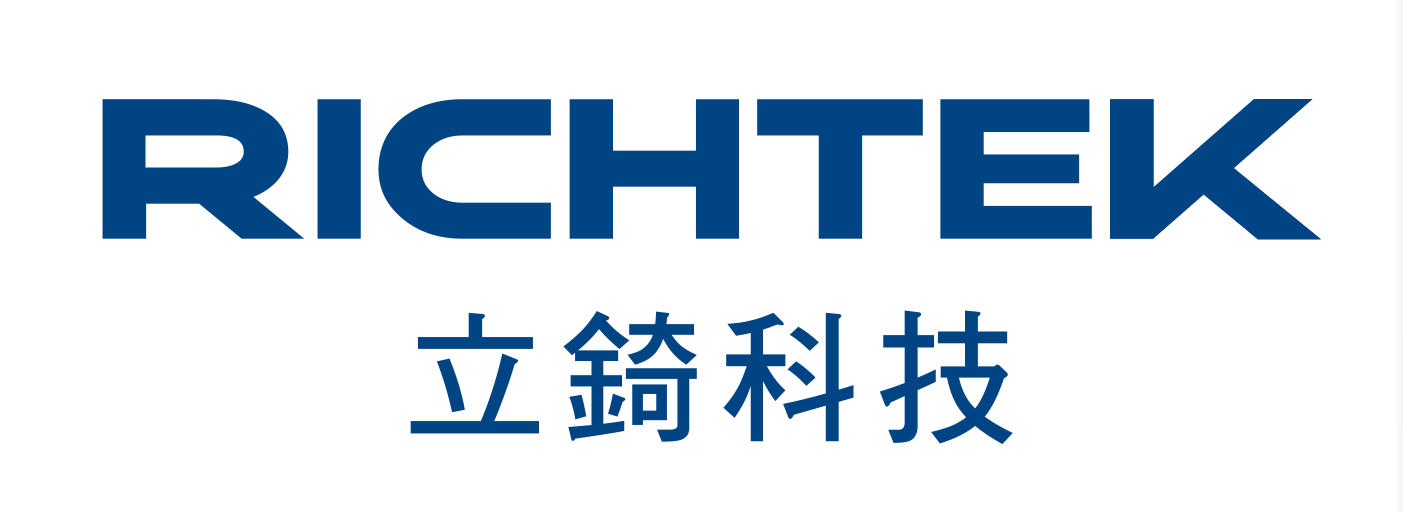In modern electronic technology, diodes are a fundamental and indispensable component. Its core function is to allow current to flow in one direction and prevent reverse current, so it is often compared to a “one-way valve” in electronic circuits. Let’s learn together below.
Definition and working principle
A diode, also known as a crystal diode, is a commonly used semiconductor device made primarily of semiconductor materials, with silicon and germanium being the most common. Inside the diode, the P-type semiconductor and N-type semiconductor make contact with each other, forming a PN junction. When a voltage is applied to the diode, connect the positive pole of the P-type material to the positive pole of the power supply, and connect the negative pole of the N-type material to the negative pole of the power supply. The diode will conduct and the current can pass smoothly. If the voltage polarity is reversed, the diode will cut off, preventing current from flowing.
Types and characteristics
There are two main packaging forms for diodes: plug-in and surface mount. The commonly used encapsulation forms for plugins include DO-15, DO-27, etc., while surface mount typically uses SMA, SMB, and other encapsulation forms.
There are many types of diodes, which can be divided into silicon diodes and germanium diodes based on their materials. The voltage drop of silicon diodes is generally 0.6-0.7V, while the voltage drop of germanium diodes is 0.3V. According to its purpose, it can be divided into rectifier diodes (used to convert alternating current (AC) to direct current (DC), commonly found in power adapters and battery chargers); Light emitting diode (LED) (emits light when current passes through, widely used in indicator lights, display screens, and lighting equipment); Schottky diode (with low forward voltage drop and fast switching characteristics, suitable for high-frequency circuits); Variable capacitance diode (whose capacitance varies with the applied reverse voltage, typically used in frequency modulation and tuning circuits); Zener diodes (used to maintain a stable voltage level and prevent circuit damage caused by high voltage), etc.
The most important characteristic of a diode is its unidirectional conductivity, which means it conducts in the forward direction and cuts off in the reverse direction. When conducting forward, the current flows from the positive pole to the negative pole, and the diode exhibits a low resistance state; When turned off in reverse, current cannot flow from the negative pole to the positive pole, and the diode exhibits a high resistance state.
Functions and Applications
Rectification: By utilizing the unidirectional conductivity of diodes, alternating current can be converted into direct current. This is one of the most important functions of diodes, widely used in power circuits.
Switch: The diode conducts under forward voltage, equivalent to a switch being turned on; Cutting off under reverse voltage is equivalent to disconnecting a switch. By utilizing this characteristic, diodes can form various logic circuits.
Current limiting protection: Diodes can also be used as current limiting protection components. When a short circuit or other abnormal situation occurs in the load, diodes can limit the current and protect other electronic components from damage.
Voltage regulation: Zener diode is a special type of diode that can maintain almost constant voltage at both ends within a certain current range during reverse breakdown, thereby achieving voltage regulation function. Zener diodes are widely used in various protection circuits.
Signal shaping and limiting: Diodes can also be used in shaping and limiting circuits to convert input AC signals into unidirectional DC signals or limit the amplitude of input signals, protecting downstream circuits from excessive fluctuations.
Fast response: The diode has a fast response speed and can amplify and adjust high-frequency signals. Therefore, it is also commonly used in high-frequency circuits and pulse circuits.
Selection and precautions
In practical applications, it is necessary to select appropriate diodes based on specific circuit requirements. Factors to consider include the type of diode, packaging form, power, breakdown voltage, reverse leakage current, and response time. In addition, when using diodes, attention should be paid to preventing reverse overvoltage to avoid diode breakdown. Suitable discharge circuits and fuses can be selected to protect the circuit.
Although the diode is small, its function is enormous. As an indispensable member of the electronic world, it is widely used in various circuits and has multiple functions such as rectification, switching, current limiting, protection, and voltage stabilization. With the continuous development of technology, the application fields of diodes are also expanding, bringing more convenience and possibilities to our lives.

